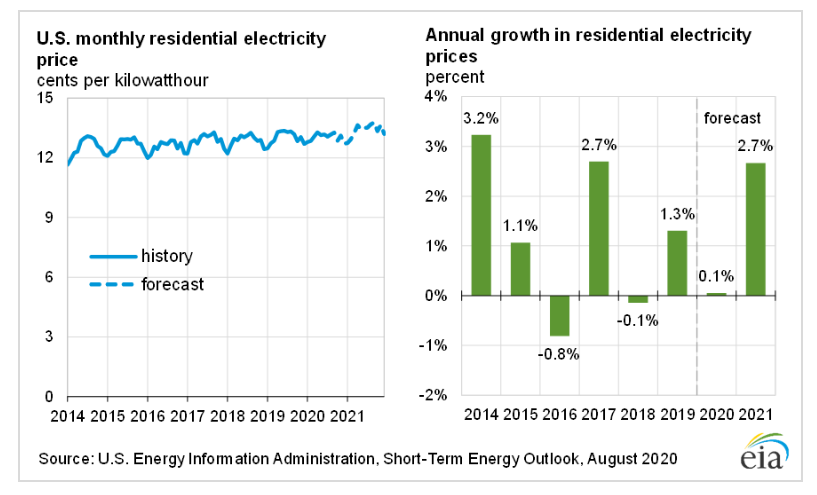New federal data on home energy costs raise red flags on the implications of a movement to force families to switch from natural gas to electric-powered heaters and appliances.
The Department of Energy’s recent publication of the 2020 average unit costs of residential energy assessed the price of natural gas at $10.13 per million British thermal units, $28 cheaper per million Btu than electricity. Such a price difference should make state and local government leaders who are concerned about consumer costs reconsider the drive to electrify residences.
Electrification Doesn’t Help Individuals Save
Building electrification proponents have failed to consider the simple economics that natural gas is the more affordable and reliable energy resource. Households that use natural gas appliances for heating, cooking and clothes drying save an approximate $900 per year compared to homes using electricity for those same applications. And with residential electricity prices expected to increase annually, the gap in savings will only grow in favor of natural gas.

Although multiple reports published by activists arguing for more electrification often claim electricity is a cheaper source, those analyses bundle electrification with improved energy efficiency through building modifications. Oddly, they do not also assume these same energy efficiency measures will apply to natural gas buildings thereby skewing the results.
Twenty-five to 47 percent of all residential energy demand comes from space heating, so improvements to building efficiency can benefit families. However, they will only see the savings if the houses still have natural gas hookups. Any reduced heating costs combined with compliance with new building codes would quickly be lost to higher electricity payments. In this respect, electrification is a regressive tax on homeowners and renters alike.
Shifting Costs
The attempt to limit natural gas consumption to decarbonize households is counterintuitive. By making houses more reliant on the grid, natural gas use will continue its trend of generating a greater share of electricity. Residents would just pay a higher cost for electricity generated using a resource that is cheaper and more efficient when supplied directly to them.

Conclusion
The DOE’s new data show how natural gas remains the most affordable source of energy for home heating and cooking and should serve as a warning for elected leaders looking to follow a costly trend: Families can’t afford a misguided move to force homes onto the electric grid to meet all their energy needs.
This post appeared first on Energy In Depth.
